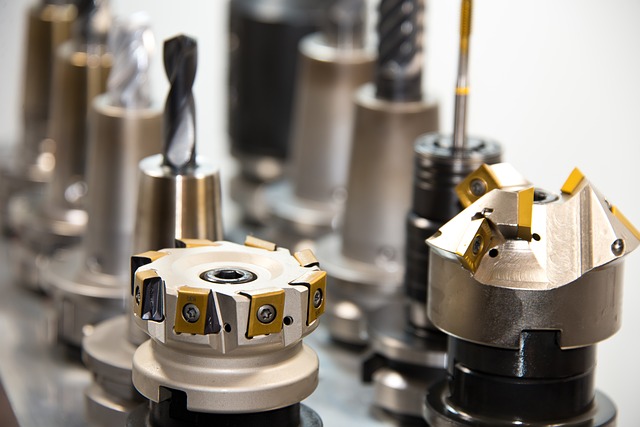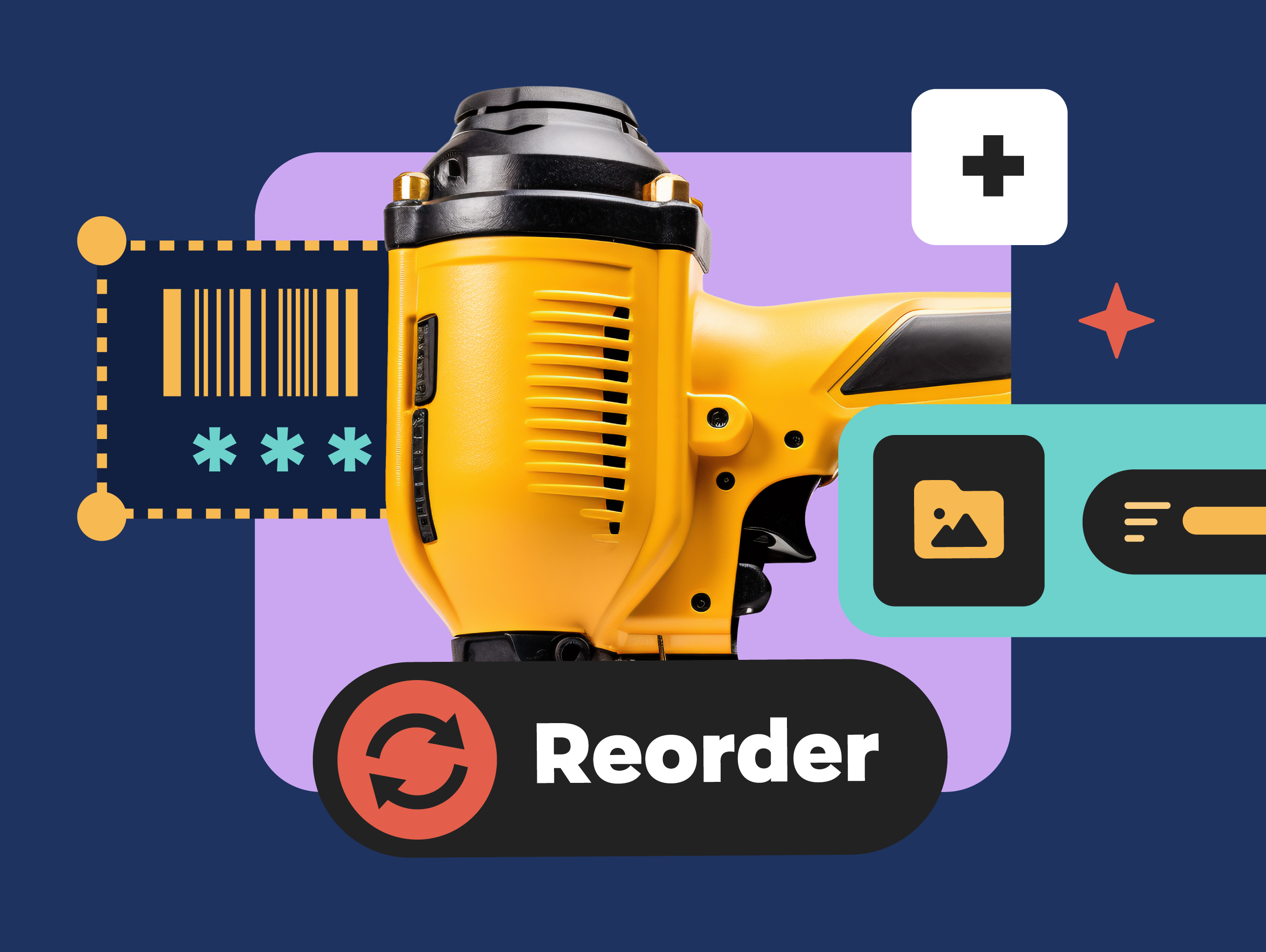The needs of manufacturing companies
Small to mid size manufacturing companies have a lot to keep track of when it comes to inventory. Unlike the retail environment, where the company simply orders goods that are already made, manufacturing companies have to make those goods from scratch. This creates additional layers of inventory management, making the software needs for manufacturing companies far more complex than those of retail firms.
Imagine a company…
Imagine a company that sells laptop computers, Smart-phones, designer digital watches, and other in-demand technology driven gadgets. Let’s say that this company is of a retail nature in that it doesn’t manufacture the devices that it sells. It simply buys them from a manufacturer, than marks them up. Its accounting needs for inventory are to track purchases, cost of goods sold (COGS), opening and ending inventory. In this equation, the COGS concept is fairly simple, as it’s the sale price less the purchase price.
Now think of another company, perhaps one that you’re not so familiar with. It’s a custom furniture manufacturer doing only special orders for high-end clients. They won’t simply order furniture from a manufacturer—they will make it from scratch specifically for a client’s taste and needs. Their accounting, although it may not be as high volume as the technology company, is very complicated. They still have opening and ending inventory, but it’s not so simple to come up with those numbers. Purchases are not so simple as buying products from a manufacturer, because in this case retailer and manufacturer are one in the same. And the trickiest part is crunching the figures for COGS. Let’s look at this company more closely.
Custom Furniture Co.
Purchases
The stock that a company like this would keep would have to open an account for Raw Materials, something a retail store would never have. At Custom Furniture Co., they would be ordering things like paint, wood stain, lumber, hardware, and decorative pieces for their Raw Materials account. Odds are, just like for a retailer, they would want to stock up on Raw Materials during peak seasons. This is only part one of the accounting equation in a manufacturing company.
For example, Biff Banker orders a mahogany coffee table with ash stain and a gloss clear-coat. The accountant, or purchaser, or owner if a sole proprietorship, orders the following:
- 50 square feet of solid mahogany, $600
- 1 can of ash stain, $20 (in reality they would probably keep a stock of many different varieties of stain, the aggregate amount of which would sit debit the Raw materials account, which would later be credited when it moves as a debit to Work in Progress)
- 1 can of glossy laquer, $35
An entry would be booked for $655 to the Raw Materials account. If you want to get really technical you could also record the tax paid into an HST Receivable account, which can later be used to reduce the amount of HST or GST remitted to the government when Custom Furniture Co. files his HST Return quarterly and gives the government the amount of sales tax he collected from his clients on their purchases, but that might complicate things too much.
Work in Progress/Work in Process
Once raw materials are in stock, part two is turning those raw materials into a finished product. Now Custom Furniture Co’s accountant needs to open a another new account, called Work in Progress (WIP), which includes both materials used and the labour cost to put it all together. In Financial Accounting, the pros call this a conversion cost. Not only does the accountant have to keep track of all the raw materials used, often with a Bill of Materials filled out by the person who actually makes the furniture, but she or he has to account for the costs associated with making the product. On the same slip, or perhaps there’s a file where the materials and labour used are recorded by the technician who builds the furniture, that technician will record his or her hours worked and her or his wage, so that the labour cost can be booked to the job as well.
To continue the previous example, let’s say Harriett Taylor, a furniture technician at Custom Furniture Co., receives the work order and starts to make Mr. Banks’ coffee table. She cuts and mills the wood, glues it together, planes it, shapes it and sands it. She stains it and leaves it overnight to dry, so the piece is not finished. She records the following on the bill of materials:
- $600 of solid mahogany
- ¼ can of stain, or $5 of stain used
- 8 hours of labour X $25/hour = 200 (we’ll leave payroll taxes off of this now for simplicity; also the client will be billed for the 8 hours at the standard markup of $95/hour)
The accountant takes the Bill of Materials and moves $605 out of the Raw materials account and into the Work in Progress (WIP) account, and also makes an entry for the labour cost of $200, debiting Work in Progress Inventory and crediting Salaries Payable, or some variation of that.
Finished Products
Step three for Custom Furniture Co. is to take all the costs that have accumulated in making the furniture into the final inventory account called Finished Products. After this long process, you are now at the same place the retailer is when they receive their saleable goods from their vendors. It’s basically a lot more work to get to the same place.
The next day, Harriet comes to work early and applies the clear coat to Mr. Banks’ coffee table. She logs the cost of the lacquer and the time she spent working on the piece, and hands them over to the accountant.
- $20 worth of lacquer
- 2 hours X $25/hour = $50
The balance in the WIP account is transferred to the Finished Products account, along with the above costs to finish the product. When Mr. Banks comes by to pick up his coffee table, the Finished Products account is credited for the cost of the table to make it. The item is marked up to $95/hour per hour that Harriet worked on it, plus materials and overhead for the shop and machinery used to make the coffee table (saw and spray hoses for example). This number is used to book the sale, where cash or receivable is debited and sales are credited.
Accounting software for manufacturing companies
If the above story about Custom Furniture Co. seemed long and complicated, that was only for one coffee table. Imagine how much work would go in to tracking all the 50 different types of furniture pieces they manufacture there, in 300 different colours and finishes, for their over 4,000 regular customers. Truth be told, even if you wanted to you couldn’t do it by yourself. It’s time invest in some specialized inventory accounting software that’s designed to handle complex raw materials, WIP, and finished goods accounting needs.
There are many options out there for manufacturing specific inventory software. Some of the big names are companies you have already heard of, including QuickBooks FishBowl and Microsoft Excel. The problem with these software packages is that the manufacturing inventory component is only a small part of a larger, more generic brand of accounting software. It will do a good job on your inventory and handle all your other needs as well, but specialized packages such as inFlow Inventory are more intuitive because they are designed specifically for your inventory needs. Many other specialized manufacturing inventory packages are available, and it’s always good to compare products before buying, so please visit sotwareadvice.com for a free review of five other software packages available to you.
Using inFlow for manufacturing accounting
The big issue with accounting, especially at year end, is taking all that raw data from your accounting system (whether it be a simple spreadsheet program, specialized inventory software, or unsorted boxes of receipts overflowing in your spare closet) and turning that data into financial statements. To complete the accounting aspect of any business, whether you record your income as Business Income as a sole proprietor or you have a corporation set up through which you keep books and record all your transactions through, making periodical financial statements and filing taxes on the calculated net income is the final step. Usually, the data from your accounting system is compiled and put into a professional accounting system such as CaseWare, and the tax software is synchronized with those books to file the Canadian T2125 or T2 corporate return. But these professional accounting systems are useless without good accounting upkeep year-round using software such as inFlow.
Inventory software such as inFlow makes it easy to track all your manufacturing inventory needs. It’s actually very fast and has only a few steps to memorize. First, have all your raw materials vendors entered into your system; you can import into inFlow from your MS Access file if you like, or use OCR scanning from your hard-copy files. Then, create a bill of materials, selecting your materials from the list available in a drop down box. After that, create the Work Order, and the costs move through the system on their own. At your year end, you can simply create a report and add up those figures to book your final adjusting entries to your three inventory accounts (raw materials, WIP, and finished products).
You can see how this all plays out in inFlow’s Work Order video here.






Hi. Are there any free or very cheap software products for a small startup manufacturing business. Raw materials, production, finished product?
Hi Stuart, we do offer features for manufacturers to track raw materials, production, and finished products. I’d suggest having a look at our Advanced plan for inFlow Inventory, which can be paid on a month to month basis (so you won’t need a lot of cash put aside to start using it): https://www.inflowdebug.com/software-pricing
If we’re not the right fit for you, I’d suggest having a look at a review website like Capterra for other suggestions. You can search by category there.